Advanced splitting methods
Retrieval Augmented Generation (RAG) with LangChain

Meri Nova
Machine Learning Engineer
Limitations of our current splitting strategies
🤦 Splits are naive (not context-aware)
- Ignores context of surrounding text
🖇 Splits are made using characters vs. tokens
- Tokens are processed by models
- Risk exceeding the context window
→ SemanticChunker
→ TokenTextSplitter
Splitting on tokens
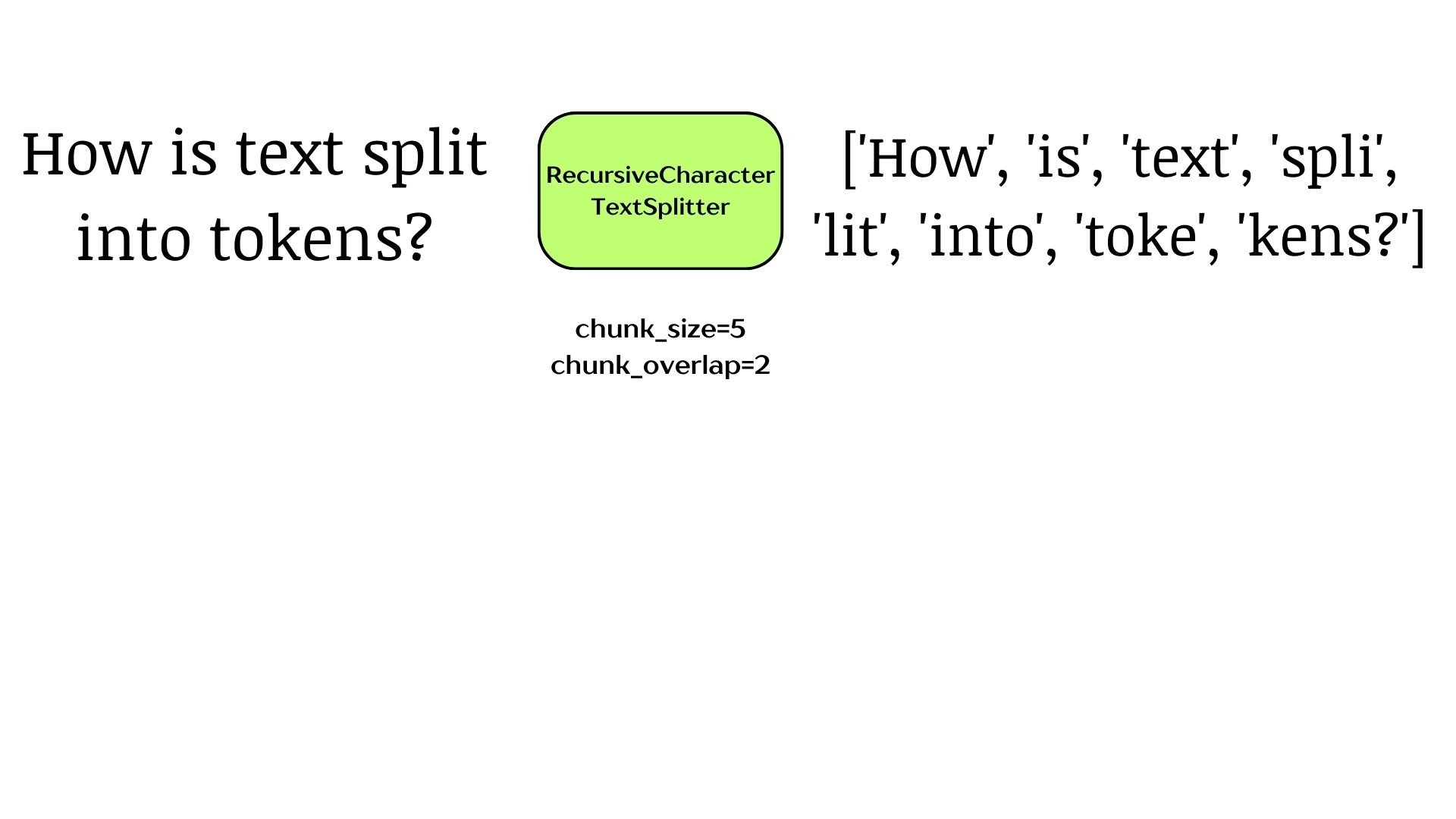
Splitting on tokens
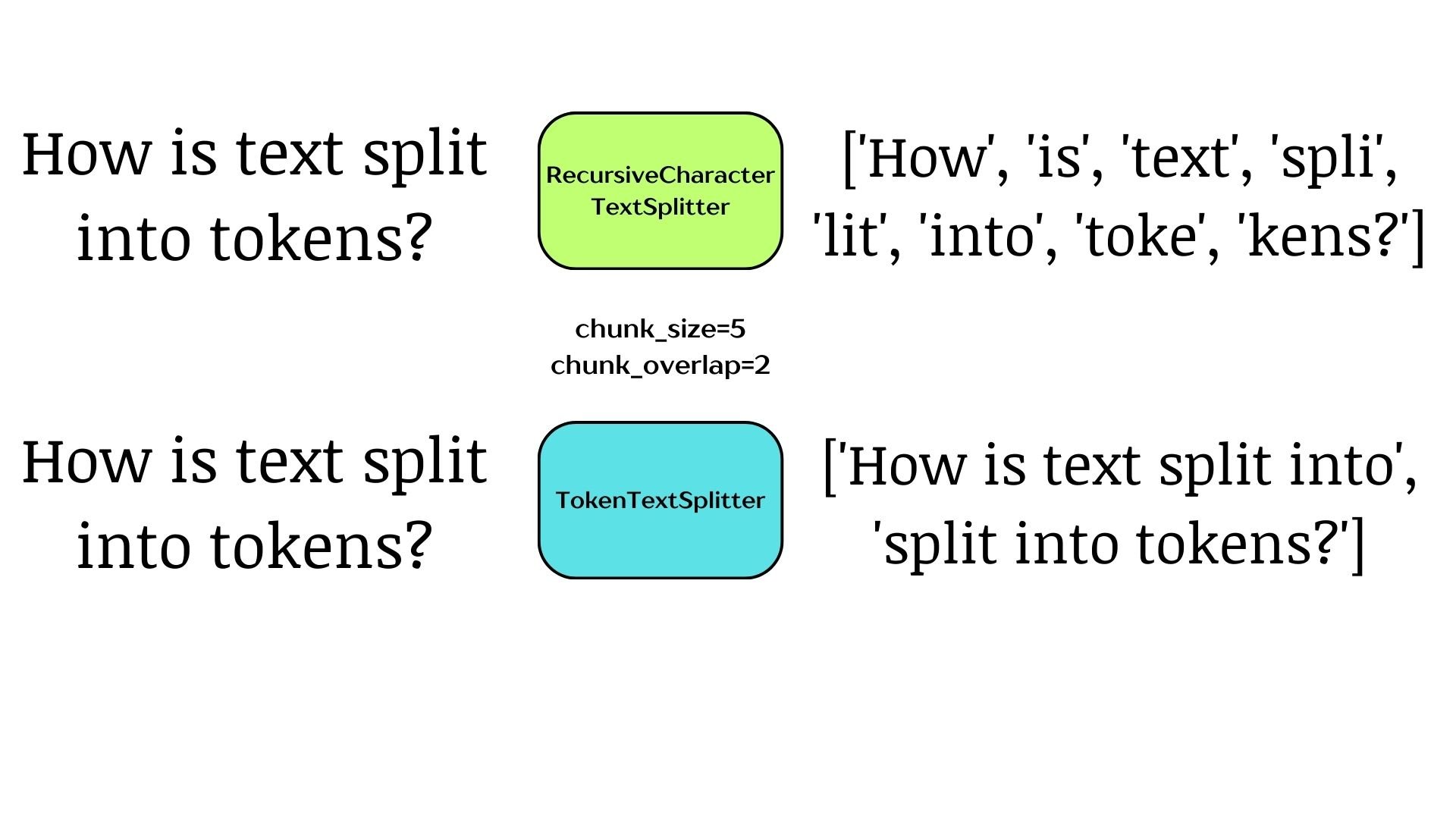
Splitting on tokens
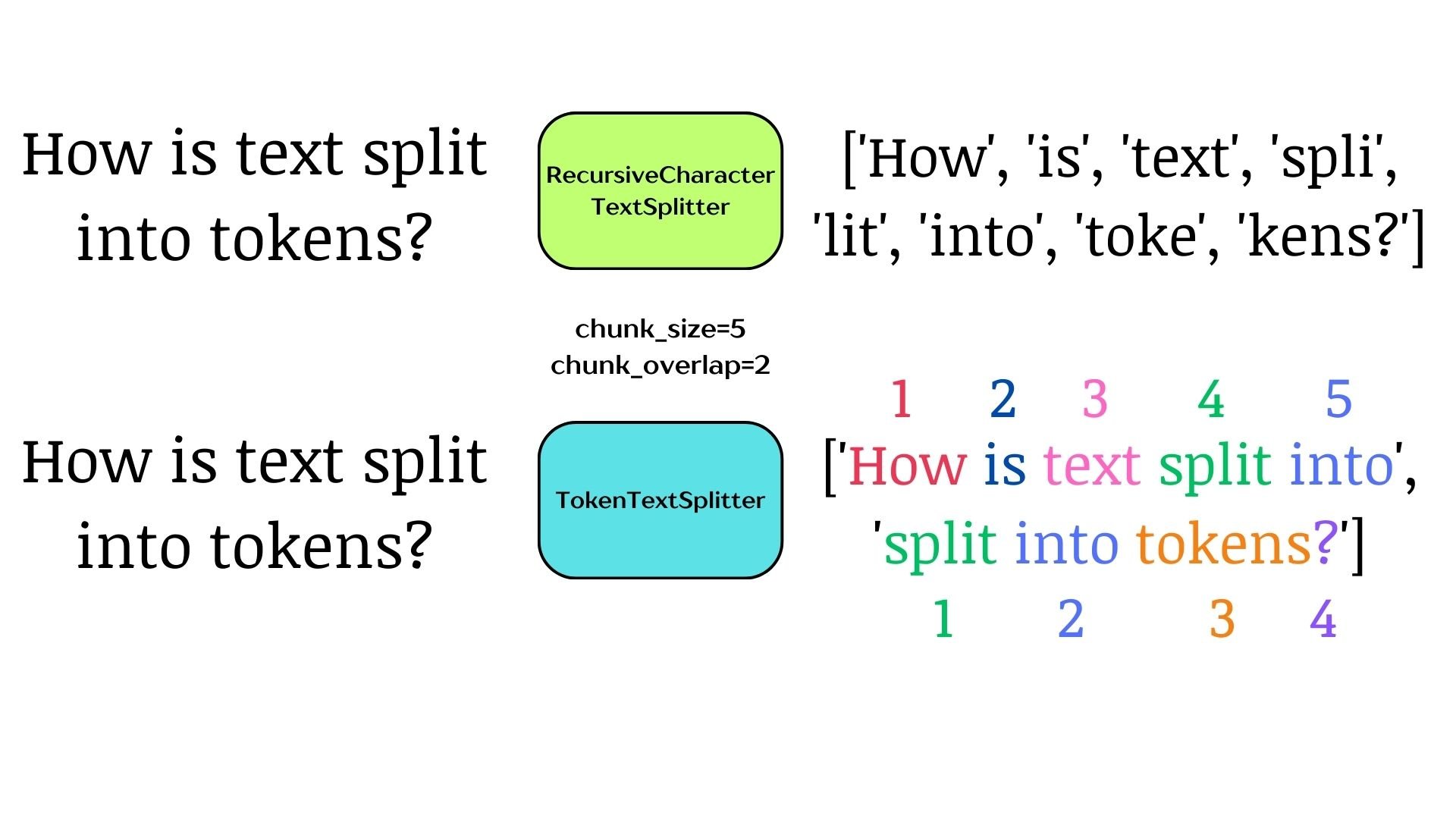
Splitting on tokens
import tiktoken from langchain_text_splitters import TokenTextSplitter example_string = "Mary had a little lamb, it's fleece was white as snow." encoding = tiktoken.encoding_for_model('gpt-4o-mini') splitter = TokenTextSplitter(encoding_name=encoding.name, chunk_size=10, chunk_overlap=2)chunks = splitter.split_text(example_string) for i, chunk in enumerate(chunks): print(f"Chunk {i+1}:\n{chunk}\n")
Splitting on tokens
Chunk 1:
Mary had a little lamb, it's fleece
Chunk 2:
fleece was white as snow.
Splitting on tokens
for i, chunk in enumerate(chunks):
print(f"Chunk {i+1}:\nNo. tokens: {len(encoding.encode(chunk))}\n{chunk}\n")
Chunk 1:
No. tokens: 10
Mary had a little lamb, it's fleece was
Chunk 2:
No. tokens: 6
fleece was white as snow.
Semantic splitting
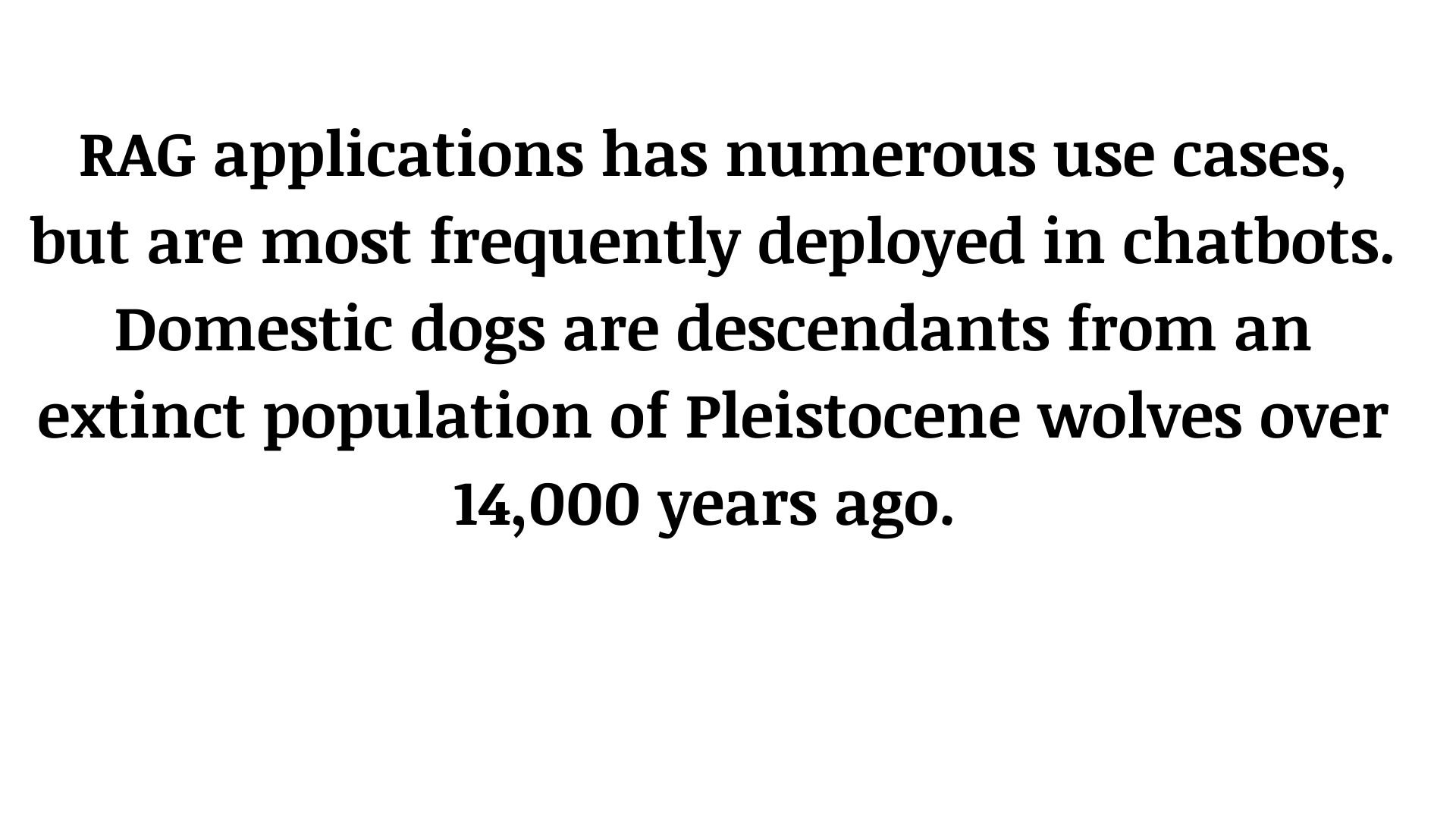
Semantic splitting
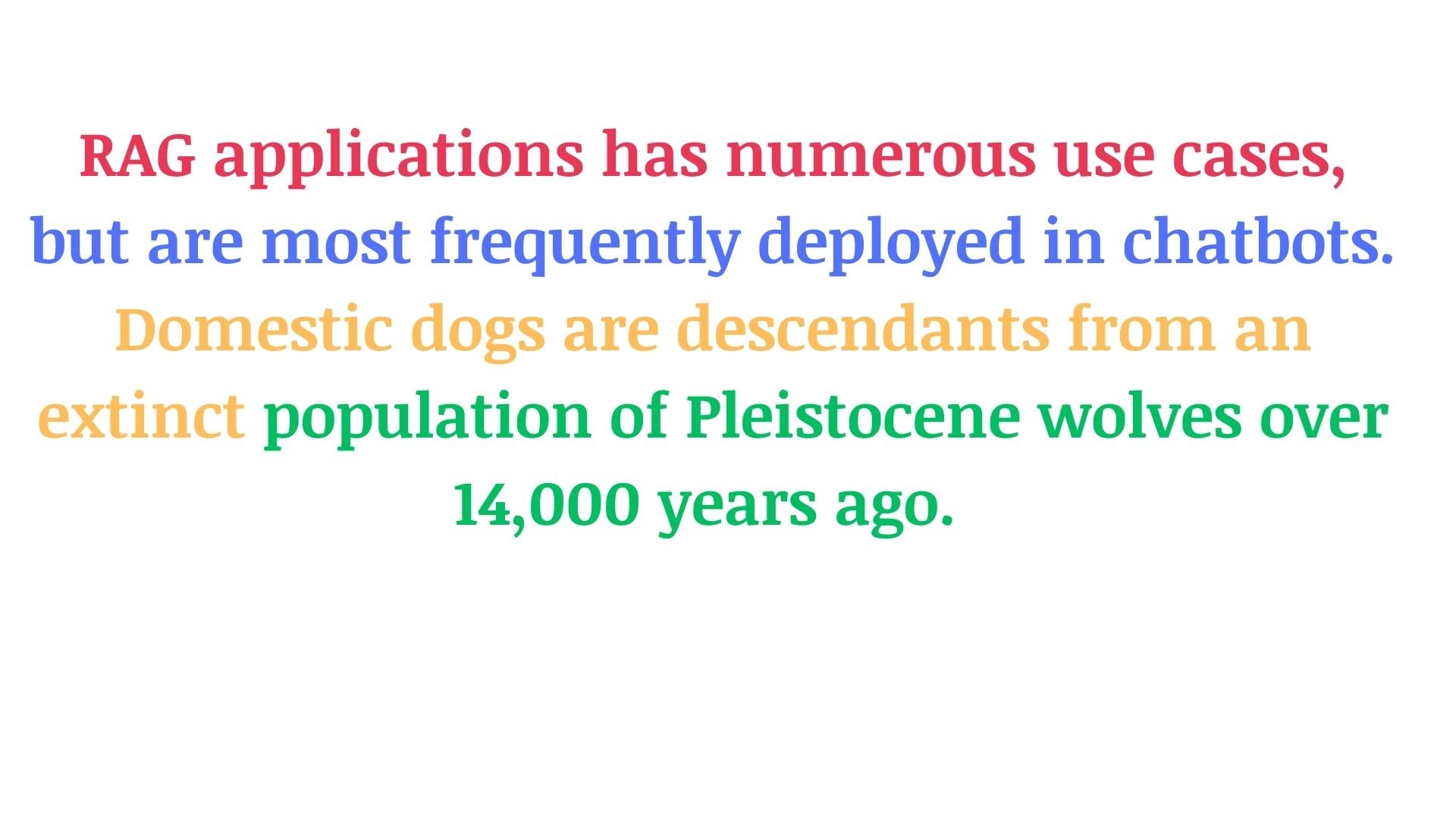
Semantic splitting
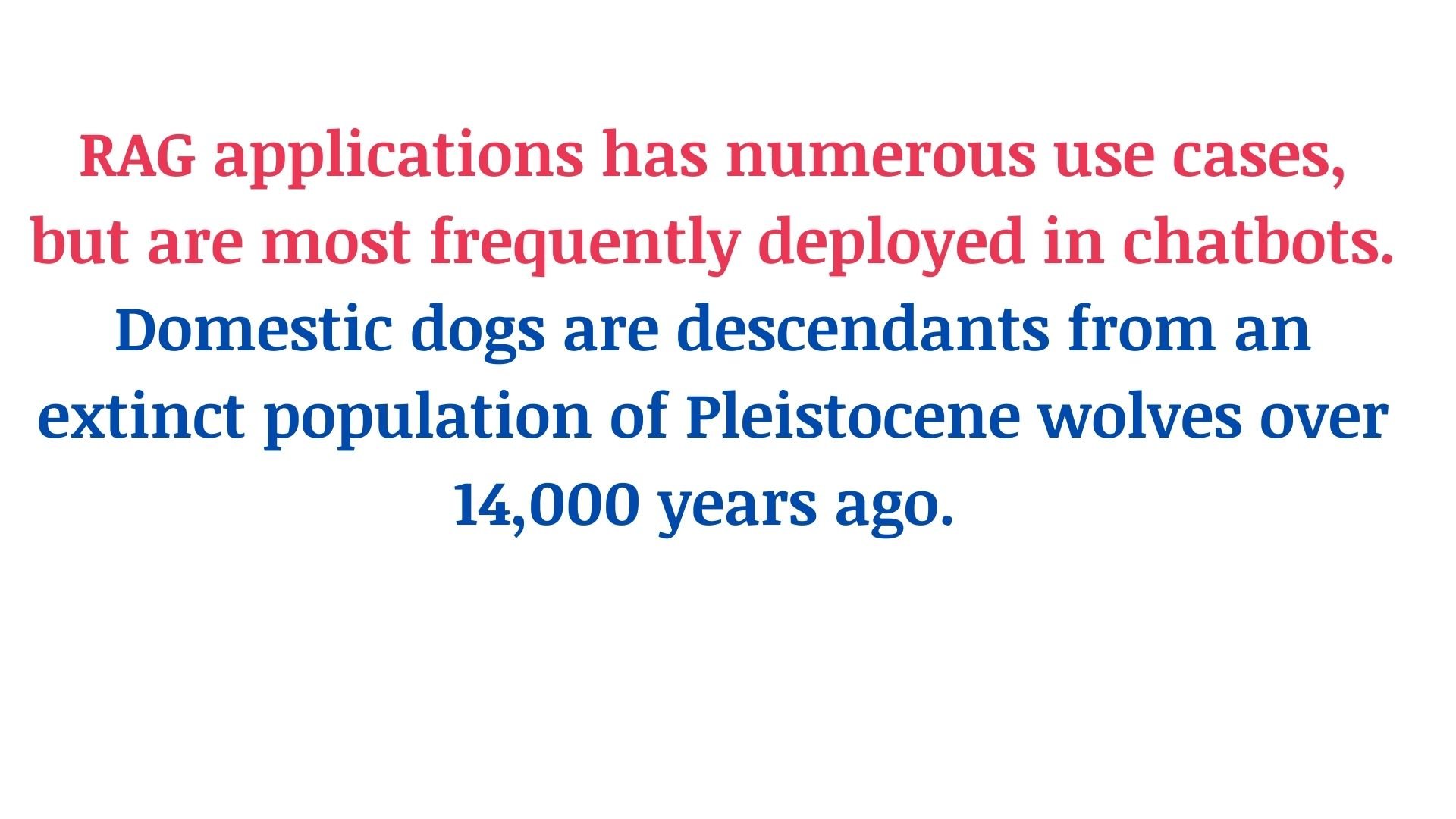
Semantic splitting
from langchain_openai import OpenAIEmbeddings from langchain_experimental.text_splitter import SemanticChunkerembeddings = OpenAIEmbeddings(api_key="...", model='text-embedding-3-small')semantic_splitter = SemanticChunker( embeddings=embeddings,breakpoint_threshold_type="gradient", breakpoint_threshold_amount=0.8)
1 https://api.python.langchain.com/en/latest/text_splitter/langchain_experimental.text_splitter. SemanticChunker.html
Semantic splitting
chunks = semantic_splitter.split_documents(data)
print(chunks[0])
page_content='Retrieval-Augmented Generation for\nKnowledge-Intensive NLP Tasks\ Patrick Lewis,
Ethan Perez,\nAleksandra Piktus, Fabio Petroni, Vladimir Karpukhin, Naman Goyal, Heinrich
Küttler,\nMike Lewis, Wen-tau Yih, Tim Rocktäschel, Sebastian Riedel, Douwe Kiela\nFacebook AI
Research; University College London;New York University;\[email protected]\nAbstract\nLarge
pre-trained language models have been shown to store factual knowledge\nin their parameters,
and achieve state-of-the-art results when ?ne-tuned on down-\nstream NLP tasks. However, their
ability to access and precisely manipulate knowl-\nedge is still limited, and hence on
knowledge-intensive tasks, their performance\nlags behind task-specific architectures.'
metadata={'source': 'rag_paper.pdf', 'page': 0}
Let's practice!
Retrieval Augmented Generation (RAG) with LangChain

